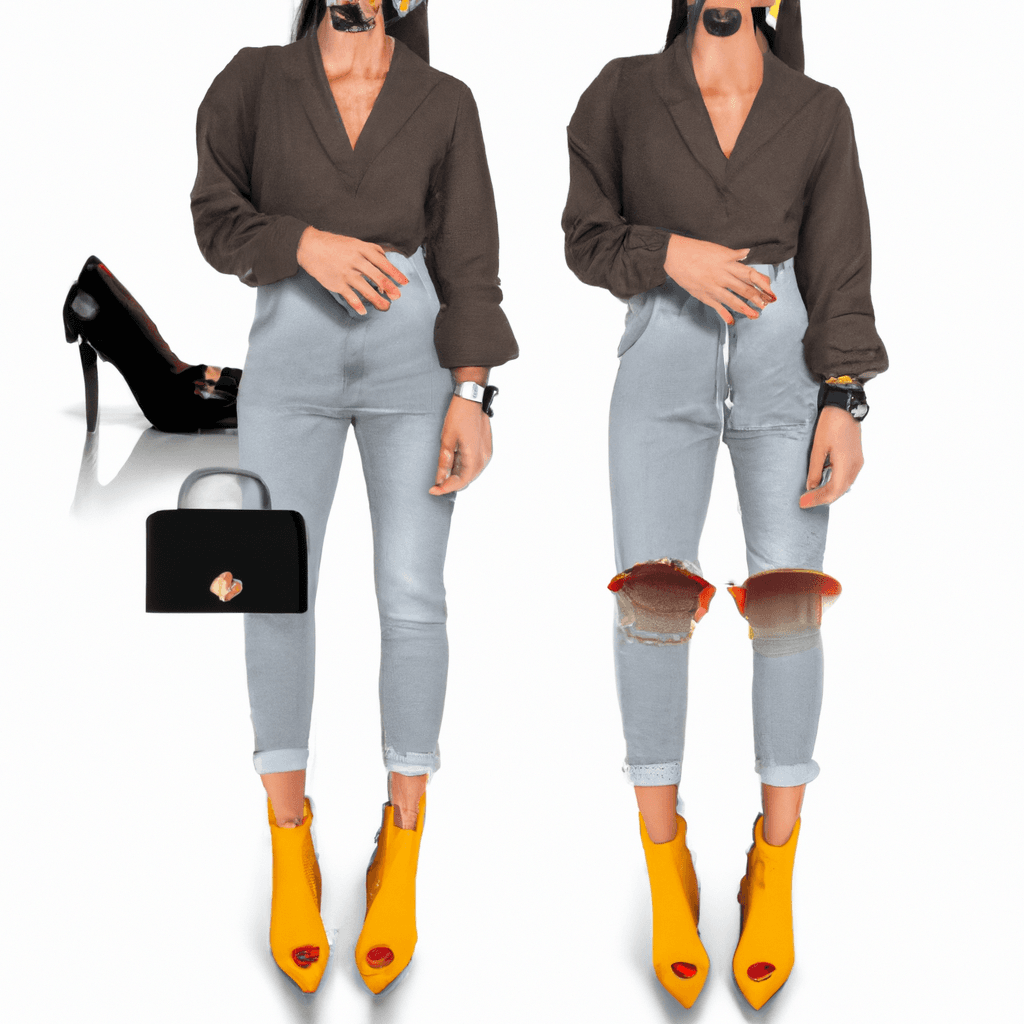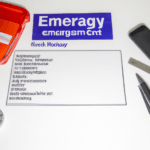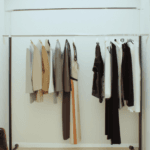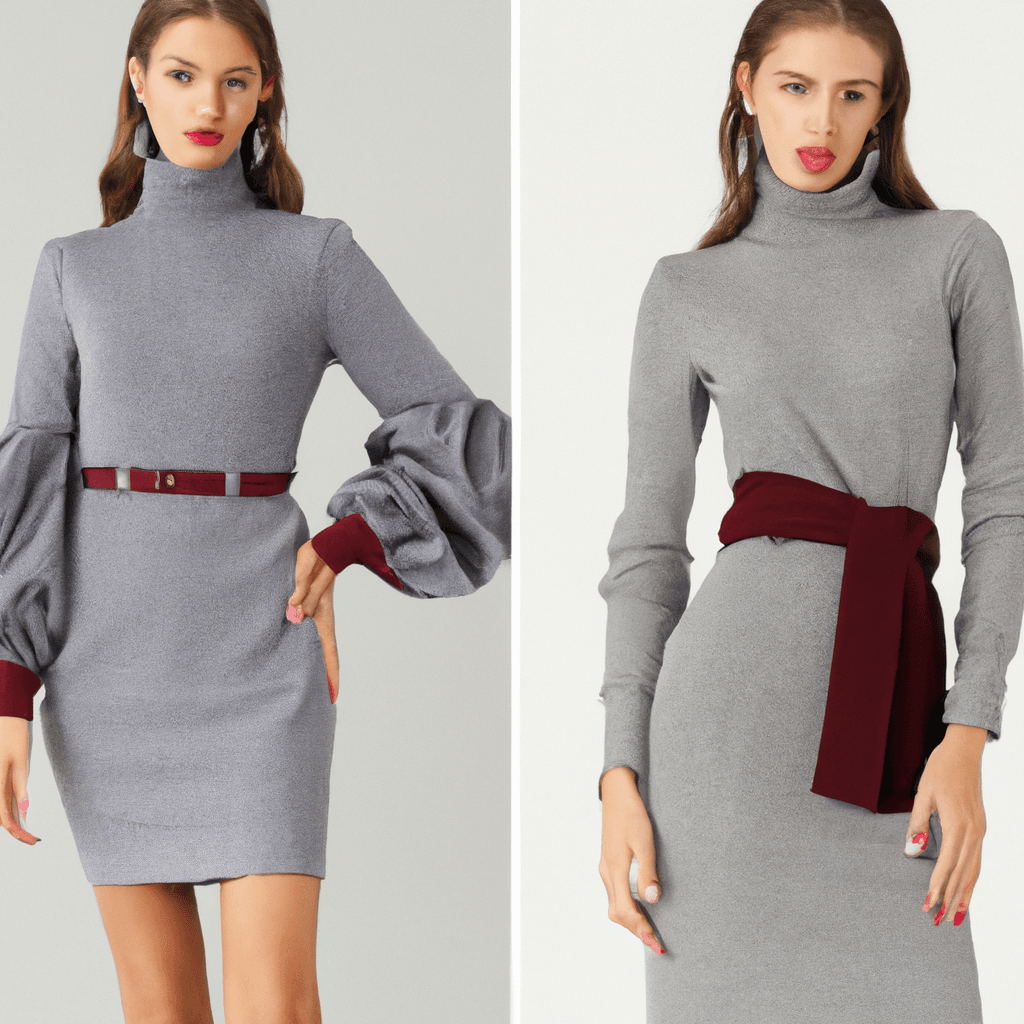You want to elevate your style and create sophisticated outfits, but you’re not sure how to go about it. Look no further! In this article, we’ll explore the top ways to mix and match your clothes to achieve that effortlessly polished and elegant look. Whether you’re dressing up for a special occasion or simply want to upgrade your everyday outfits, these tips and tricks will help you create a fashionable and sophisticated wardrobe that truly reflects your personal style. So get ready to step up your fashion game and unlock a world of endless outfit possibilities!
Understanding Color Theory
Define color theory
Color theory refers to the study and understanding of how different colors interact with each other and how they can be combined to create visually pleasing outfits. It involves understanding the color wheel, which is a visual representation of the relationships between different colors.
Importance of color theory in fashion
Color theory plays a crucial role in fashion as it helps individuals create harmonious and balanced outfits. By understanding the color wheel and how colors can be combined, you can choose colors that complement each other and enhance your overall look. The right color combinations can make you appear more put together and stylish.
How to use the color wheel for outfit coordination
The color wheel is divided into primary, secondary, and tertiary colors, each with their own unique properties. When coordinating outfits, you can use the color wheel to create various color schemes such as monochromatic, analogous, complementary, or triadic.
To create a monochromatic look, choose different shades and tints of the same color. For an analogous color scheme, select colors that are next to each other on the color wheel. Complementary colors are those that are directly opposite each other on the color wheel and create a striking contrast. Lastly, a triadic color scheme involves selecting colors that are evenly spaced on the color wheel.
By using the color wheel as a guide, you can easily mix and match colors to create a sophisticated and visually pleasing outfit.
Mastering the Art of Prints and Patterns
Identify different types of prints and patterns
Prints and patterns are a fun and creative way to add visual interest to your outfits. There are various types of prints and patterns, such as floral, animal print, stripes, polka dots, geometric patterns, and more. Each type of print or pattern can convey a different mood or style, so it’s important to choose ones that align with your personal aesthetic.
Rules for mixing and matching prints and patterns
When it comes to mixing and matching prints and patterns, there are a few guidelines to keep in mind. First, consider the scale of the prints or patterns. Pairing prints of different scales, such as a bold floral with a delicate stripe, can create an interesting contrast.
Second, look for common colors or themes between the prints and patterns. This helps to tie the different elements of your outfit together and create a cohesive look.
Third, consider the overall balance of your outfit. If you choose to wear a statement print or pattern, balance it out with more neutral or understated pieces.
Avoiding clash of prints and patterns
While mixing prints and patterns can be exciting, it’s important to ensure that your outfit doesn’t clash. To avoid this, limit the number of prints you wear in a single outfit. Stick to one or two prints or patterns and balance them out with solid-colored pieces. Additionally, pay attention to the colors within the prints and patterns. If the colors clash, it can create visual chaos, so opt for prints with complementary or harmonious color schemes.
By following these guidelines, you can confidently mix and match prints and patterns to create a sophisticated and fashionable look.
Explore Layering Techniques
Identify the basics of layering clothes
Layering is not only practical for weather changes but also adds depth and dimension to your outfit. The key to successful layering is understanding the basics. Start with a base layer, such as a fitted top or dress, and add layers on top. These layers can include sweaters, cardigans, blazers, jackets, scarves, or even accessories like belts.
How to mix and match layers
When it comes to mixing and matching layers, consider the proportions and textures of each piece. Play with different lengths, such as layering a longer cardigan over a shorter top, or vice versa. Experiment with different textures to create visual interest, like pairing a chunky knit sweater with a silky blouse.
Another key aspect of layering is creating different depths and levels. For example, you can layer a blazer over a button-down shirt and add a statement necklace for added visual interest.
Maintaining balance and proportion in layering
To maintain balance and proportion when layering, consider the overall silhouette of your outfit. If you’re wearing bulkier layers on top, balance it out with slimmer-fitting bottoms. Alternatively, if you’re opting for a voluminous skirt or pants, pair it with more streamlined and fitted layers on top.
It’s also important to pay attention to the length of your layers. A rule of thumb is to ensure that each layer is visible and adds to the overall aesthetic of the outfit without overwhelming it.
By experimenting with different layering techniques and paying attention to balance and proportion, you can create stylish and sophisticated outfits.
Use Statement Pieces
Define statement pieces
Statement pieces are bold, eye-catching items that serve as the focal point of your outfit. They can be anything from a vibrant handbag, a statement necklace, a pair of brightly colored shoes, or a unique jacket. These pieces often add personality and visual interest to an otherwise simple or neutral outfit.
How to effectively use statement pieces in an outfit
When using statement pieces, it’s important to let them shine and be the center of attention. The key is to keep the rest of your outfit more subdued, allowing the statement piece to stand out. Pair a bold statement necklace with a classic little black dress, or wear a colorful blazer with a neutral-toned blouse and pants.
You can also use statement pieces to dress up a casual outfit or add a pop of color to a monochromatic look.
Choosing the right statement piece for your look
When choosing a statement piece, consider your personal style and what you want to convey through your outfit. Think about the occasion and the overall aesthetic you want to achieve. If you prefer a more minimalist look, opt for a statement piece that is sleek and simple, like a pair of sleek heels or a structured handbag. If you’re feeling bold and adventurous, embrace vibrant colors and unique shapes.
The key is to choose a statement piece that speaks to your personal style and enhances your outfit without overpowering it.
Balance Proportions in Your Outfit
Understanding the concept of proportions in fashion
Proportions play a crucial role in creating a well-balanced and visually appealing outfit. The concept of proportions refers to how different elements of an outfit relate to each other in terms of size, volume, and shape. When the proportions are well-balanced, the outfit looks cohesive and flattering.
Ways to mix and match clothes to achieve balance
To achieve balance in your outfit, consider the proportions of each garment and how they work together. Start by understanding your body shape and what types of silhouettes flatter your figure. For example, if you have a pear-shaped body, you may want to highlight your waist and balance out your hips with wider shoulder details.
Pair fitted pieces with looser or more voluminous ones to create a contrast in proportions. For example, if you’re wearing wide-leg pants, pair them with a more fitted top. If you’re wearing a billowy blouse, tuck it into a high-waisted skirt or pants to maintain a balanced silhouette.
Avoiding an unbalanced look
To avoid an unbalanced look, it’s important to pay attention to the overall silhouette and ensure that each element of your outfit complements each other. Avoid wearing loose or baggy items from head to toe, as this can create a shapeless and unflattering appearance. Similarly, avoid wearing tight-fitting clothes from top to bottom, as it can cause visual distortion and lack of balance.
By understanding the concept of proportions and consciously mixing and matching clothes to achieve balance, you can create sophisticated and flattering outfits.
Mixing Casual and Formal Wear
How to successfully mix casual and formal pieces
Mixing casual and formal wear can create an interesting and unique outfit that reflects your personal style. The key is to find the right balance between the two and ensure that the overall look appears intentional and cohesive.
Consider pairing a casual item, such as jeans or a t-shirt, with a more formal piece, like a blazer or a pair of heels. This combination allows you to maintain comfort while adding a touch of sophistication to your outfit.
Choosing the right combination of casual and formal wear
When choosing the combination of casual and formal wear, consider the occasion and the overall aesthetic you want to achieve. If you’re attending a semi-formal event, opt for a dressier bottom, such as tailored pants or a skirt, paired with a casual top. If you’re going for a more casual look, add a formal element, like a structured blazer or statement shoes, to elevate your outfit.
It’s important to strike the right balance between casual and formal wear to create a polished and sophisticated look.
Avoiding common mistakes when mixing casual and formal wear
One common mistake when mixing casual and formal wear is going too extreme in either direction. Avoid pairing overly casual items, such as sweatpants, with very formal pieces, like a formal blazer. Similarly, avoid wearing an overly formal outfit with just one casual item, as it can create a mismatched and confused look.
Instead, aim for a cohesive and balanced outfit by carefully selecting pieces that bridge the gap between casual and formal wear.
By successfully mixing casual and formal pieces, you can create unique and fashionable outfits that showcase your personal style.
Incorporate Different Textures
Understanding the importance of texture in fashion
Texture adds depth and visual interest to an outfit, making it more visually appealing and sophisticated. By incorporating different textures, you can create a multi-dimensional look that is both interesting and stylish.
How to mix and match different textures
Mixing and matching different textures is all about creating contrast and balance. Start by considering the fabrics of each garment. Mix soft and cozy fabrics like cashmere or velvet with more structured materials like leather or denim.
You can also play with tactile textures, such as lace, crochet, or knits, to add visual and tactile interest to your outfit.
Choosing the right texture combination for a sophisticated look
When choosing texture combinations, consider the overall aesthetic and the message you want to convey through your outfit. If you’re going for a sleek and polished look, opt for smooth and refined textures like silk or satin. If you’re aiming for a more relaxed and bohemian style, mix and match natural and earthy textures like linen or suede.
The key is to choose texture combinations that complement each other and enhance your overall outfit without overwhelming it.
By incorporating different textures, you can add depth and visual interest to your outfit, creating a sophisticated and fashionable look.
Use of Essential Basics
Defining essential basic items in the wardrobe
Essential basic items are versatile pieces that form the foundation of any wardrobe. These items are timeless and can be easily mixed and matched with other pieces. Examples of essential basics include a white button-down shirt, a tailored blazer, a well-fitted pair of jeans, a little black dress, and a classic trench coat.
How to mix and match basic items for a sophisticated look
Mixing and matching basic items is key to creating a sophisticated and stylish look. Start by creating a capsule wardrobe that includes essential basic items in neutral colors. With a capsule wardrobe, you can easily mix and match different pieces to create a variety of outfits.
Experiment with different combinations, such as pairing a white button-down shirt with jeans and a blazer for a polished yet relaxed look, or layering a little black dress with a tailored blazer for a chic and elegant ensemble.
Tips on choosing the right basics for your wardrobe
When choosing essential basic items for your wardrobe, invest in high-quality pieces that will stand the test of time. Opt for neutral colors, such as black, white, gray, or navy, as they are versatile and can easily be paired with other colors.
Consider the fit and silhouette of each item, ensuring that they flatter your body shape and can be mixed and matched with existing pieces in your wardrobe.
By incorporating essential basic items into your wardrobe and mastering the art of mixing and matching them, you can create sophisticated and timeless outfits.
Accessories and Their Role
Understanding the importance of accessories in an outfit
Accessories are the finishing touches that can elevate your outfit from ordinary to extraordinary. They add personality, style, and visual interest to your look. Accessories can include jewelry, belts, scarves, hats, handbags, and even shoes.
How to mix and match accessories with your clothes
When mixing and matching accessories, consider the overall aesthetic and color palette of your outfit. Choose accessories that complement your clothing and enhance the overall look. For example, if you’re wearing a monochromatic outfit, add a pop of color with a vibrant statement necklace or a pair of bold earrings.
Experiment with different combinations and layering techniques to create a unique and personalized look. Mix delicate and dainty jewelry with bolder statement pieces to create a balanced and interesting effect.
Choosing the right accessories for a sophisticated look
When choosing accessories, consider your personal style and the occasion. Accessories can be used to dress up a casual outfit or add a touch of elegance to a formal ensemble. Pay attention to the scale and proportions of the accessories, ensuring that they complement your outfit without overpowering it.
It’s also important to choose accessories that are well-crafted and made with high-quality materials. Investing in timeless pieces that can be worn for years to come will elevate your overall look and create a sophisticated and polished aesthetic.
Style Tips for Different Body Shapes
Identify different body shapes
Understanding your body shape is essential in determining the most flattering styles and silhouettes for your figure. Common body shapes include hourglass, pear, apple, rectangle, and inverted triangle.
How to mix and match clothes for different body shapes
When mixing and matching clothes for different body shapes, keep in mind the goal of creating balance and emphasizing your best features. For an hourglass figure, focus on highlighting your waist and opt for fitted styles that accentuate your curves. For a pear-shaped figure, balance out your hips with more volume and details on the upper body.
Experiment with different cuts, patterns, and styles to find what works best for your body shape. Play with proportions, such as pairing a flowy top with slim-fitting bottoms.
Maximizing your body shape with the right clothes
By understanding your body shape and selecting the right clothes, you can maximize your figure and create a polished and sophisticated look. Choose silhouettes and styles that flatter your body shape and make you feel confident.
Consider consulting a stylist or doing research to understand what works best for your body shape. By embracing and celebrating your unique figure, you can confidently mix and match clothes to create stylish and sophisticated outfits.
In conclusion, mixing and matching clothes to create sophisticated looks involves understanding key fashion principles such as color theory, prints and patterns, layering techniques, the use of statement pieces, balancing proportions, mixing casual and formal wear, incorporating different textures, using essential basics, accessorizing effectively, and dressing for different body shapes. By implementing these strategies, you can create visually appealing outfits that reflect your personal style and elevate your overall fashion game. So, go ahead, have fun experimenting, and confidently mix and match your way to a sophisticated and stylish wardrobe.




